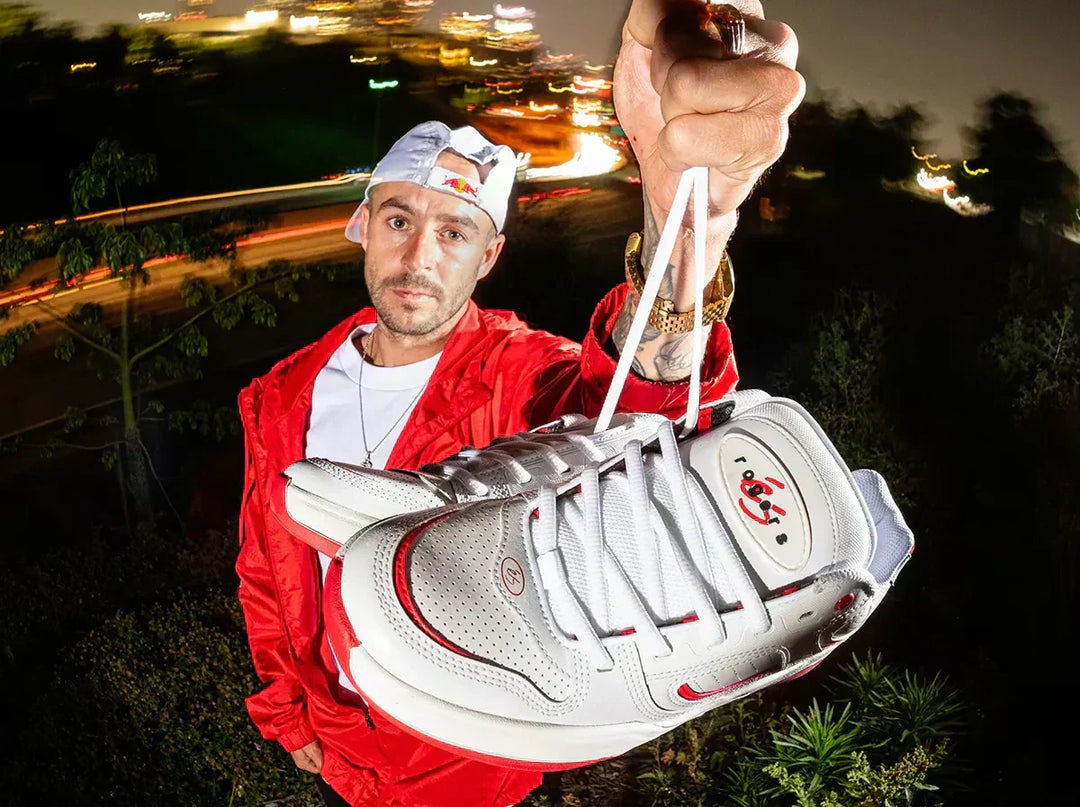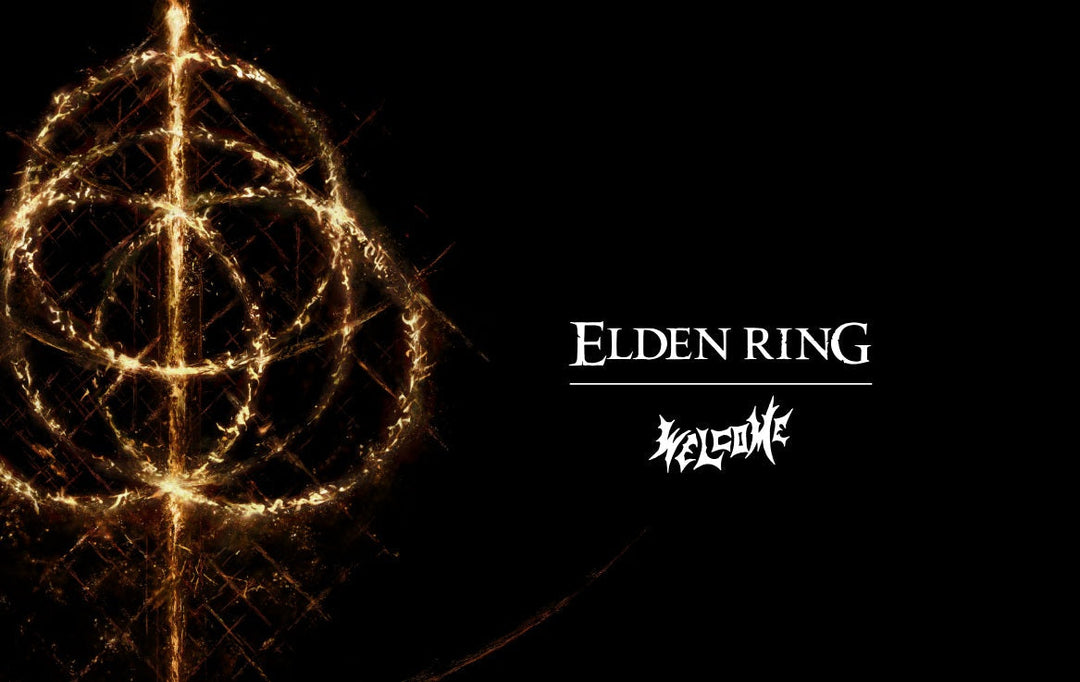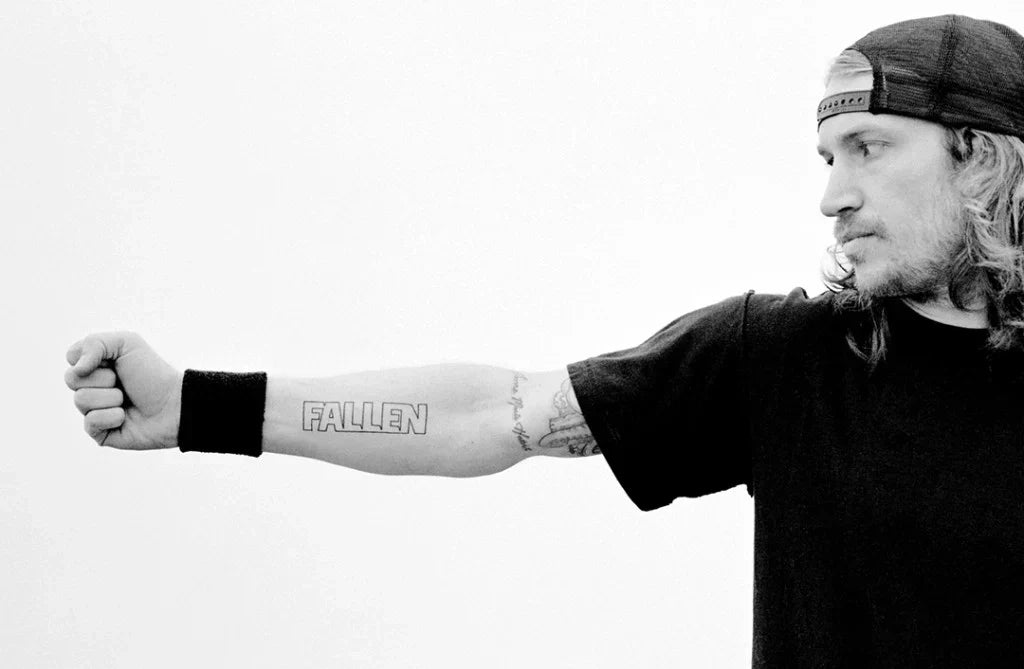Buying the Right Skate Shoe
Busted right through your favourite skate shoes? Before you rush out to the mall to buy a new pair, stop for a sec and read this article. We’ve got the essentials on what to look for to improve your ride and make your shoes last.
Get Fitted
Your first consideration when buying skate shoes is to protect your feet from all the aggressive movements and contacts they’ll be making. The fit and height of your shoes will make a big impact on how protected your feet are.
Fit is important, because your shoes need to be tight enough to stay on your feet but loose enough for comfort. You want a shoe that feels comfortable, but stays on your foot when you rise up on your toes or roll to the side of your foot. If the shoe feels tight on your toes, go a size up. Tight toe boxes can hurt you, and they increase the rate of ollie wear.
Hi-tops aren’t just a fashion choice: they can be effective in preventing injuries. If you skate tranny (like on half pipes and mini pipes), or have any ankle issues, the bracing effect of hi-tops will help to stabilize your ankles and reduce the risk of rolling or twisting them. On the opposite end of the spectrum, slip-ons like the Numeric Jamie Foy 306's have very little ankle support, but that doesn't stop Jamie.
If you’re somewhere in the middle, pick a shoe thick and sturdy enough that your heel won’t slide out.
Prevent Ollie Wear
If you ollie all the time, chances are your current shoes have a couple of toe holes and a broken shoelace or two. This happens because your shoe is repeatedly hitting the edge of your board and the grip tape. Ollie wear is inevitable if you skate enough, but you can slow down the deterioration by picking the right shoe.
Since ollie wear happens when your shoe is repeatedly hit and scraped, make sure that the materials used are tough. Canvas, though breathable, will shred like cheese in a grater. Look for stronger fabrics like leather or synthetic blends that can stand up to repeated impact. A good ollie shoe will have a few additional features, as well. Extra layers of material or cushioning in the toe box will protect both your foot and your shoe from ollie impact. The Globe Surplus is a great example.
Ever notice how your shoelace seems to snap in the exact same spot? That’s a symptom of ollie wear, too, but, some skate shoe styles include a flap alongside the laces that you can hide the lace behind.
Get Sole (And Get the Right Kind)
Almost as important as protection when choosing a shoe is the shoe’s interaction with your board and the grip tape.
The sole is the closest thing from your body to your board, so you want a shoe that mimics your natural foot position. Only buy flat-soled shoes: anything with a raised heel will throw you off balance, making it harder to do tricks and upping your chances of injury.
Strong, well-constructed soles that interact well with the grip tape are also a must. For strong soles, we recommend the etnies Marana 3x more durable then your standard skate shoe sole. etnies joined forces with one of the world’s top manufacturers of premium rubber to translate the performance and durability of Michelin tires to the outsole of a shoe . etnies is by no means the only reputable skate brand, however: brands like Emerica, New Balance, Fallen, and eS are all reliable for high quality.
Longboarders are particularly susceptible to sole wear from pushing against the ground, so if you’re a longboarder, you might want to choose a thicker-than-average sole for additional protection.
Finally, the stickiness of the sole is important. We’re not necessarily talking chewing-gum levels of tacky, but the sole should stick just enough to the grip tape to support you while you balance or ollie. Totally smooth, slippery soles are no good, unless you want to fall off of your board fifty times before breaking them in.




